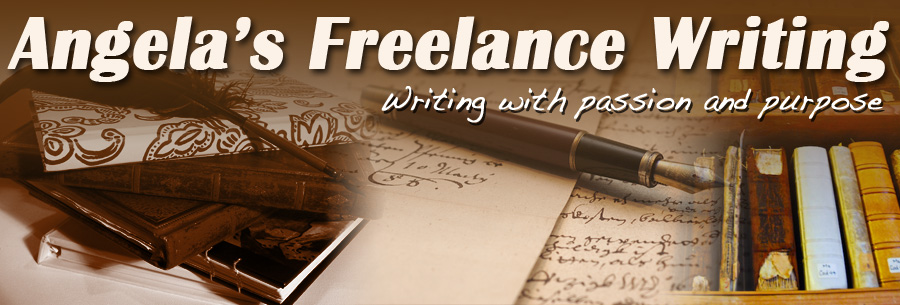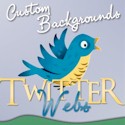Do you agonize over the opening of your novel? Do you rewrite and rewrite until you barely recognize the first paragraph you wrote just minutes ago? With all the emphasis on captivating or hooking your readers, moreso your agent, most writers really sweat over that first paragraph.
To get some idea as to what the experts consider captivating, I took Leads and Story Openings by Robert Walker off my bookshelf. It’s a book I purchased when I first began writing seriously. According to Walker, your lead should
Get Attention
Set tone of the piece
Create an interest factor
In other words, make you want to read the book. Let’s look at two examples Walker gave. The first of each is a poor to average attention getter; the second is the better one.
The last flight to Cuzco was due to leave in an hour and a half. Yet our tickets had not yet arrived. What were we to do?
Here’s the better lead according to Walker:
“No tickets!There are no tickets, no reservation under your name. Please step aside for the next customer,” she said.
Here’s another example:
One night while I was working late at the church office, a man knocked on the door. He appeared distressed and had a woman with him whom I recognized as a member of our congregation.
The better one:
“I’ve just kidnapped this girl,” the man shouted. Waving a gun he stood before me with his captive, a young woman I recognized as Delissa, a member of our church.
From these two examples, Walker seems to favor a lead that begins with some type of dialog. In his own words: Note the techniques: direct quotes, narrative-type lead, clear description of the scene and its people. However, if you take a look at some of the most famous opening paragraphs, you will see that none of these elements are present.
It was the best of times, it was the worst of times, it was the age of wisdom, it was the age of foolishness, it was the epoch of belief, it was the epoch of incredulity, it was the season of Light, it was the season of Darkness, it was the spring of hope, it was the winter of despair, we had everything before us, we had nothing before us, we were all going to heaven, we were all going direct the other way – in short, the period was so far like the present period, that some of its noisiest authorities insisted on its being received, for good or for evil, in the superlative degree of comparison only.
“A Tale of Two Cities” by Charles Dickens (1859)
If you really want to hear about it, the first thing you’ll probably want to know is where I was born, and what my lousy childhood was like, and how my parents were occupied and all before they had me, and all that David Copperfield kind of crap, but I don’t feel like going into it. In the first place, that stuff bores me, and in the second place, my parents would have about two hemorrhages apiece if I told anything pretty personal about them.
“The Catcher in the Rye” by J. D. Salinger (1951)
Through the fence, between the curling flower spaces, I could see them hitting. They were coming toward where the flag was and I went along the fence. Luster was hunting in the grass by the flower tree. They put the flag back and they went to the table, and he hit and the other hit. Then they went on, and I went along the fence. Luster came away from the flower tree and we went along the fence and they stopped and we stopped and I looked through the fence while Luster was hunting in the grass.
“The Sound and the Fury” by William Faulkner (1929)
These are three of the more famous openers that have remained on the iconic list throughout the ages. What do you think of them? Do they really spur you to read the book, or does the opening impress you after you have read the last line? Drop me a line and share your thoughts. Next post I will deal with a few contemporary opening paragraphs.






